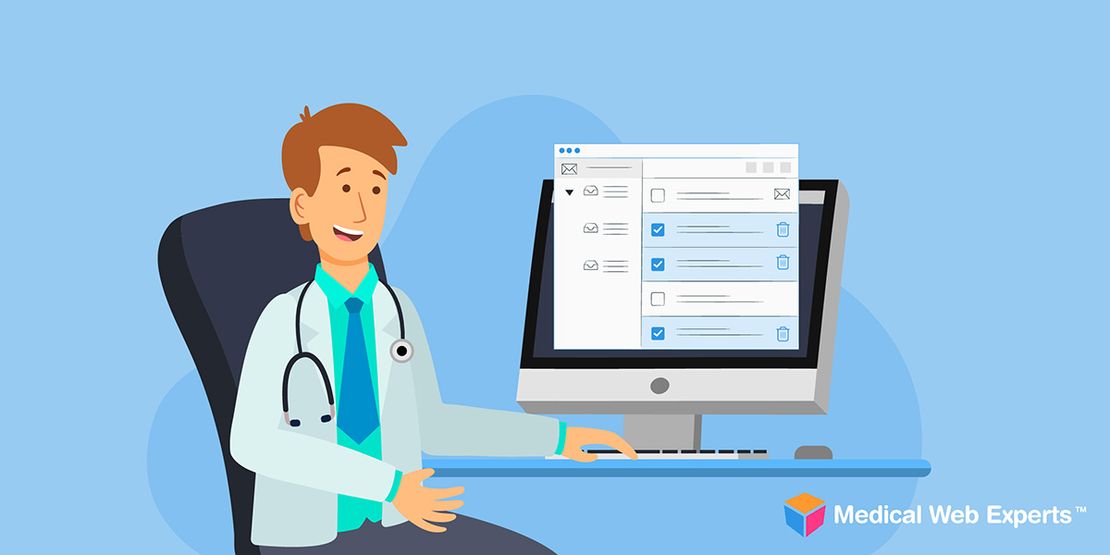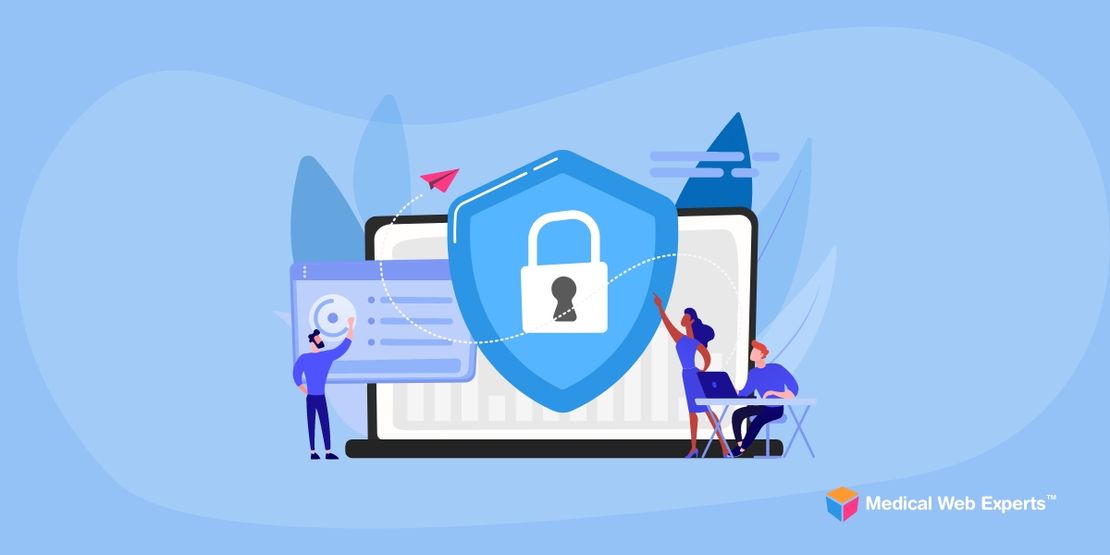Using a portal, patients can schedule appointments, access their medical records, pay bills, request prescription refills and securely communicate with their providers online. The availability of features such as these leads to higher patient satisfaction and increased engagement.
In a study by Lake Research Partners entitled Consumers and Health Information Technology: A National Survey, experts found that patients became more active in their healthcare when provided online access to their medical data. Additionally, portals can generate long-term benefits such as improved administrative efficiency and faster responsiveness to patient inquiries.
Promoting the Patient Portal
Many patients are used to traditional interaction with providers, but that doesn’t mean that they’re not open to new methods of communication. In most cases, all it takes is a little encouragement to convince patients to register and use the patient portal. Here are some suggestions for doing so:
- Advertise the portal throughout the office. Post paper flyers in the waiting area and exam rooms so that patients can familiarize themselves with the patient portal while waiting.
- Get staff to promote the portal. Everyone – from the front desk employees to medical assistants to the physicians themselves – should encourage patients to use the portal. Staff can demonstrate the portal in the waiting room and convey reminders over the phone.
- Highlight the portal’s convenience. Emphasize to patients how the portal will make things easier for them, using statements such as: “It’s the best way to reach me” or “You’ll have faster access to your lab results.”
Providing a Positive Experience
It’s important to provide a user-friendly experience. There are plenty of factors that can work together to encourage engagement between patients and providers. Here are a few key components:
- Appearance. Brand the portal with the name of the practice or health system and make sure that the font, colors and imagery match the overall look and feel of the organization’s website.
- Data display. Remember that not all patients consume data in the same way, so it’s good to have the option of presenting health data using charts, graphs or other visuals. Patients are more likely to continue using the portal if they can make sense of the data.
- Content. Most content guidelines suggest using simple language and short sentences – around a 5th to 7th grade reading level – so that even low health literacy patients can make sense of the health data.
The Importance of Mobile
[related_content]Many low-income patients have better access to smartphones than computers, but they are not the only group that’s more drawn to mobile. Forty-three percent of adults ages 18 to 34 prefer to access patient portals on their smartphones. Physicians should consider their patient population when determining whether a mobile-friendly patient portal is necessary.
One example of a health organization paying attention to mobile is the Institute for Family Health, which has begun to deploy text messages to alert patients when new information is available in the patient portal. The Institute also allows providers to access EHR data on their personal devices. Some use the mobile application to communicate with patients between appointments, while others use it as a convenient means of reviewing patient information and lab results.
Guest Post by Melissa Salm from Bisk Education with the University of South Florida’s Morsani College of Medicine.



